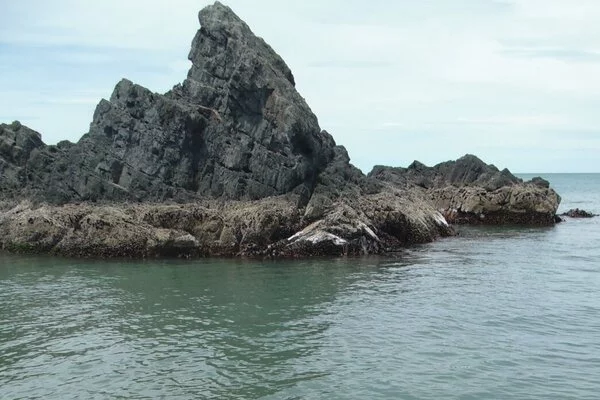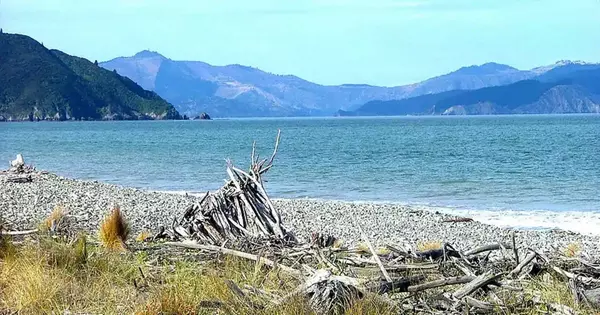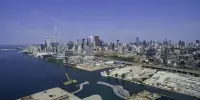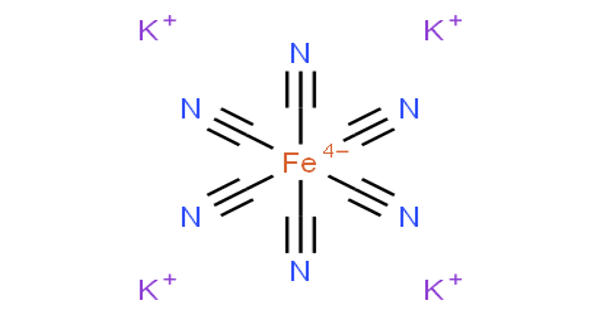The impact of ancient earthquakes can provide valuable insights into a region’s geological history and help us understand seismic hazards today. When researchers discover evidence of past earthquakes, they can analyze the characteristics and effects of these seismic events, such as their magnitude, frequency, and potential for future occurrences.
The University of Otago researchers discovered a new area of coastal uplift that had been hiding in plain sight by combining the scientific powerhouses of genetics and geology. A previously unknown region of earthquake uplift in Rarangi, Marlborough, was discovered using a combination of new data from laser mapping and kelp genetics.
Co-author Professor Jon Waters, of the Department of Zoology, says the study gives new insights into the changes in Aotearoa’s landscapes and the recent history of earthquake impacts. “In a geologically well-studied country like New Zealand, there is still a lot to learn about our history of earthquakes and changing landforms,” he says.
Our work uses a combination of genetics and geology, and it’s quite exciting that these combined approaches have allowed us to pinpoint a previously unknown site of coastal uplift in New Zealand.
Professor Jon Waters
The study used LiDAR mapping (remote sensing technology used to model ground elevation) and genetic analysis of bull kelp from the uplifted section of coast, which was recently published in the Journal of the Royal Society Interface.
The researchers discovered a previously unknown area of uplifted rocky coastline – a bench about 1m above sea level – as well as a genetic anomaly in kelp beneath that bench. The genetics of the kelp show that the species became extinct in the area after an earthquake, only to be recolonized by kelp that drifted in from 300 kilometres south.
The group believes the earthquake occurred between 2000 and 3000 years ago, demonstrating the ability of kelp to record geological disturbance events.
“The area is near a well-known active fault, and several large, past earthquakes have been well quantified by other researchers, but this coastal uplift zone was previously unknown; the evidence for it is extremely clear now that we’ve had a chance to look more closely. Rather than some obscure or remote location, Rarangi is also a very popular summer swimming spot, and the evidence of coastal uplift was hiding in plain sight,” Professor Waters says.

The research is the latest output from the group’s Marsden-funded project assessing earthquake impacts on coastal species.
“Our work uses a combination of genetics and geology, and it’s quite exciting that these combined approaches have allowed us to pinpoint a previously unknown site of coastal uplift in New Zealand. This work serves to highlight again just how dynamic our country is – and how earthquake uplift leaves long lasting signatures in our coastal species.”
The University of Otago researchers identified a new area of coastal uplift that had been hiding in plain sight by combining the scientific powerhouses of genetics and geology. The previously unknown earthquake uplift region in Rarangi, Marlborough, was discovered using a combination of new laser mapping and kelp genetics data. According to co-author and Department of Zoology Professor Jon Waters, the study provides new insights into the changes in Aotearoa’s landscapes and the recent history of earthquake impacts.
“In a geologically well-studied country like New Zealand, there’s still a lot to learn about our history of earthquakes and changing landforms,” he says.
The study used LiDAR mapping (remote sensing technology used to model ground elevation) and genetic analysis of bull kelp from the uplifted section of coast, which was recently published in the Journal of the Royal Society Interface.
The researchers discovered a previously unknown area of uplifted rocky coastline – a bench about 1m above sea level – as well as a genetic anomaly in kelp beneath that bench. The genetics of the kelp show that the species became extinct in the area after an earthquake, only to be recolonized by kelp that drifted in from 300 kilometres south.
The group believes the earthquake occurred between 2000 and 3000 years ago, demonstrating the ability of kelp to record geological disturbance events.
“The area is close to a well-known active fault, and several large, past earthquakes have been well quantified by other researchers, but this coastal uplift zone was not previously known – the evidence for it is extremely clear now that we’ve had a chance to look more closely. Rarangi is also a very popular summer swimming spot, rather than some obscure or remote location, and the evidence of coastal uplift was hiding in plain sight,” Professor Waters says.
The study is the latest result of the group’s Marsden-funded project assessing earthquake impacts on coastal species. “Our work combines genetics and geology, and it’s quite exciting that these combined approaches have allowed us to pinpoint a previously unknown site of coastal uplift in New Zealand.”















